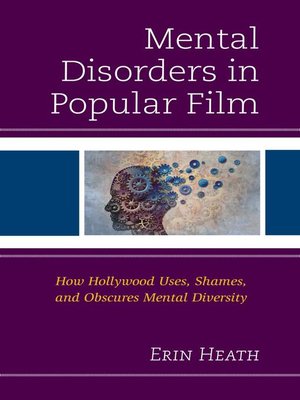Mental Disorders in Popular Film
ebook ∣ How Hollywood Uses, Shames, and Obscures Mental Diversity
By Erin Heath

Sign up to save your library
With an OverDrive account, you can save your favorite libraries for at-a-glance information about availability. Find out more about OverDrive accounts.
Find this title in Libby, the library reading app by OverDrive.



Search for a digital library with this title
Title found at these libraries:
| Loading... |
Contemporary Hollywood films commonly use mental disorders as a magnifier by which social, political, or economic problems become enlarged in order to critique societal conditions. Cinema has a long history of amplifying human emotion or experience for dramatic effect. The heightened representations of people with mental disorder often elide one category of literal truths for the benefit of different moral or emotional reasons. With films like Fight Club, The Silence of the Lambs, The Dark Knight, and Black Swan, this book address characters identified by film or media as people who are crazy, mentally ill, developmentally delayed, insane, have autism spectrum disorder, associative personality disorder, or who have other mental disorders. Despite the vast array of differences in people's experiences, film often marginalizes people with mental disorders in ways that make it important to be inclusive of these varied experiences. These characters also commonly become subject to the structures of hierarchy and control that actual people with mental disorders encounter. Cinematic patterns of control and oppression heavily influence the narratives of those considered crazy by the outside world.






